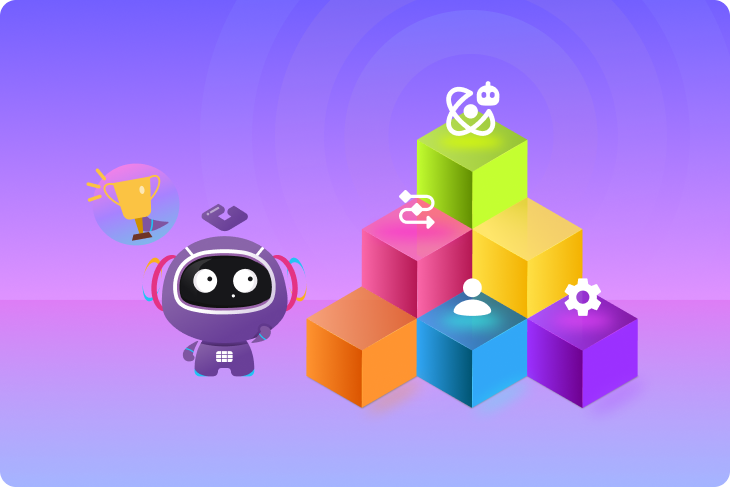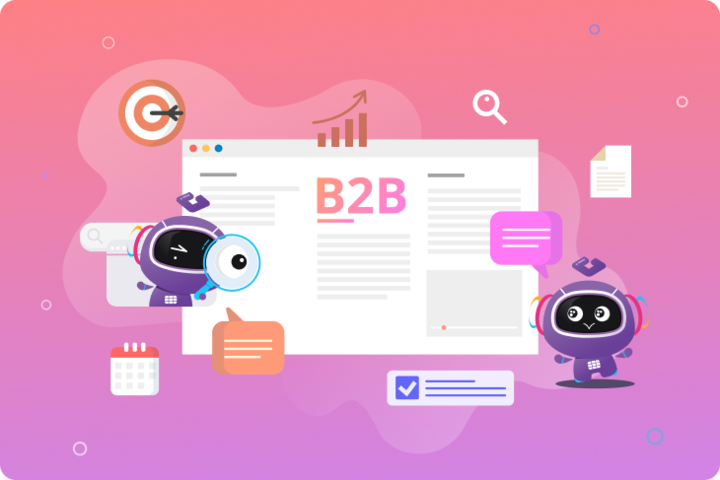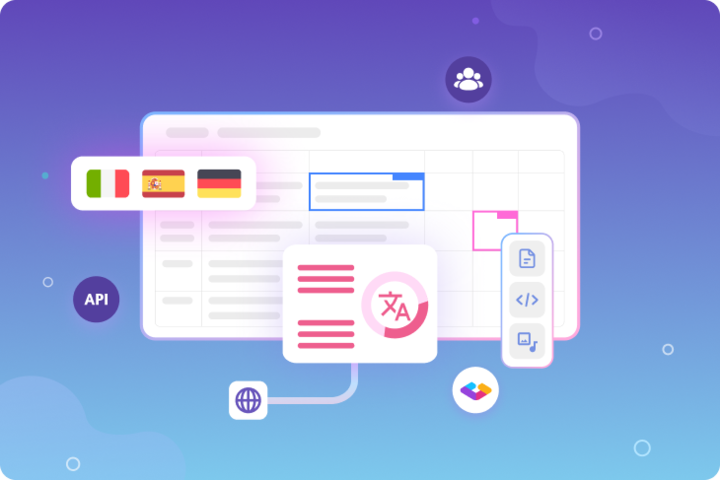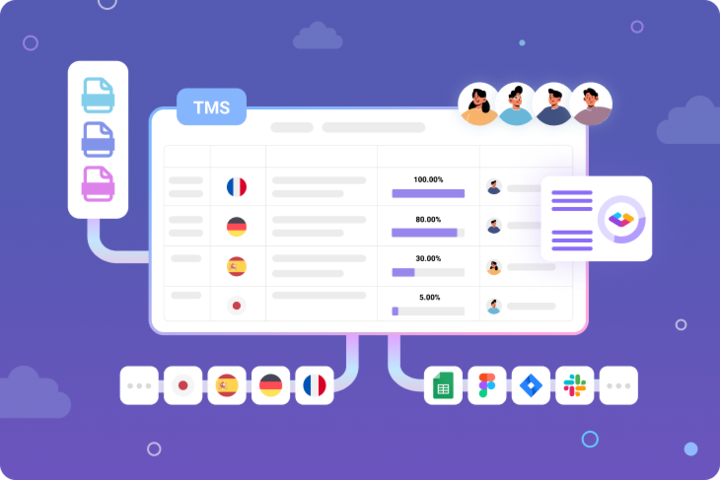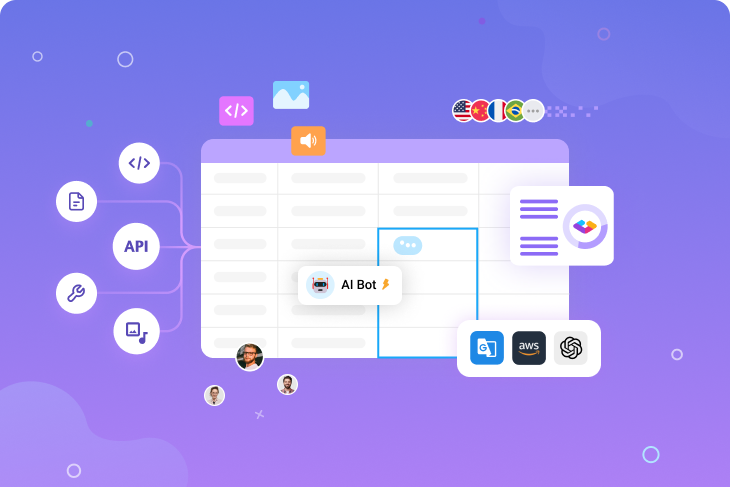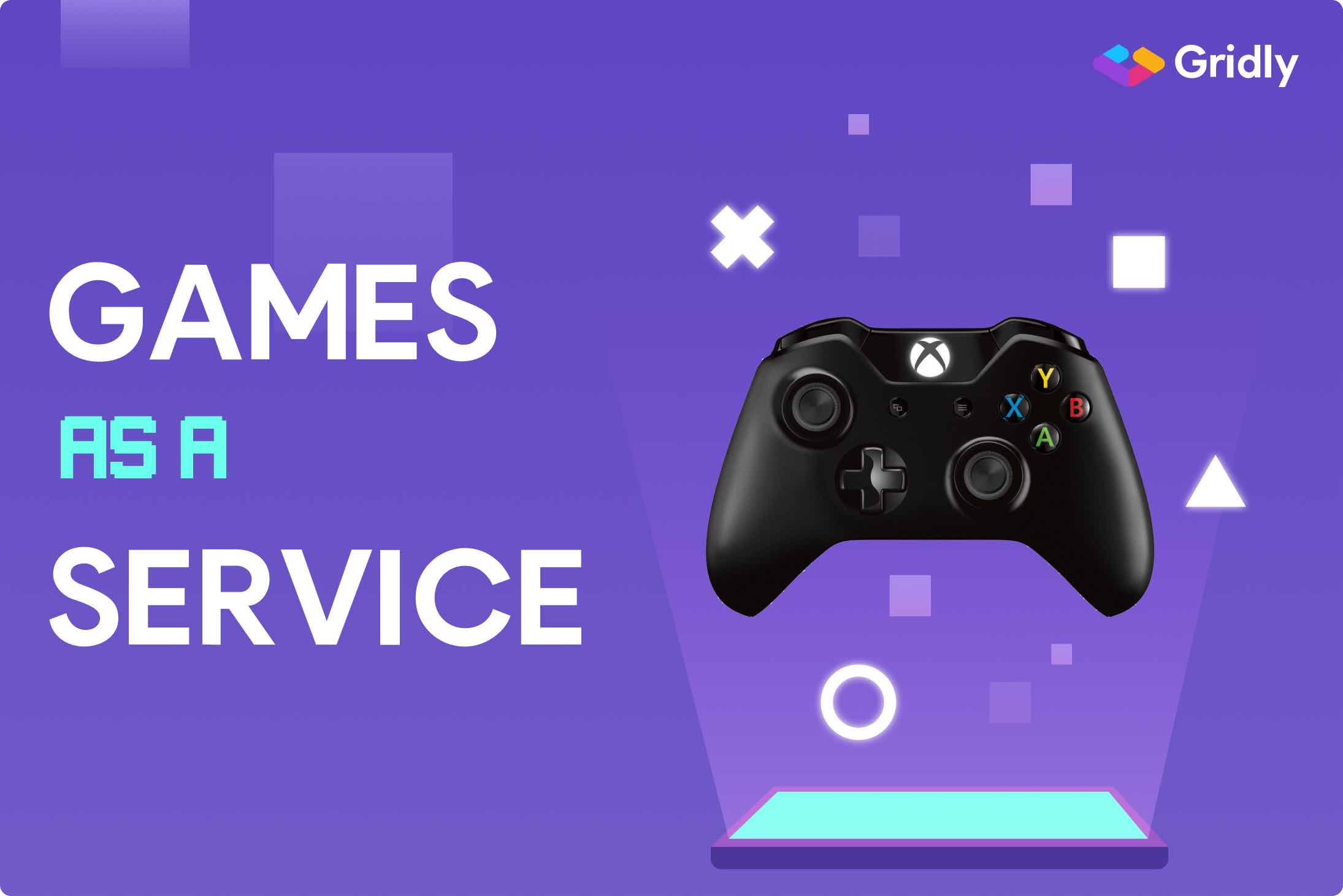The machine translation landscape has transformed dramatically in recent years, from basic word-for-word machine translation software to sophisticated AI-powered neural machine translation systems, the technology now understands context, tone, and cultural nuances. According to the 2024 Slator Language Industry Market Report, the machine translation market has demonstrated tremendous growth, increasing by 31% in 2023 to USD 1.55 billion. Let’s explore how modern machine translation solutions are reshaping content localization and how businesses can leverage these advances.
What’s covered:
Pre-translation: the first step in machine translation workflows
Advanced machine translation features for enterprise needs
Generative AI: the next frontier in machine translation
Best practices for machine translation success
The future of machine translation
What is machine translation?
Machine translation refers to the automated translation of text from one language to another using computer software. Unlike traditional human translation, machine translation uses artificial intelligence and computational linguistics to analyze text patterns, understand context, and generate translations.
Machine translation has evolved through several generations of technology. Today’s machine translation ecosystem encompasses multiple approaches:
- Rule-based machine translation: Traditional systems following predetermined linguistic patterns
- Statistical machine translation: Systems learning from parallel text datasets
- Syntax-based machine translation: Systems that analyze and translate based on linguistic syntax trees and grammatical rules
- Neural machine translation: AI-powered networks trained on vast amounts of multilingual data
- Hybrid machine translation: Solutions combining multiple approaches for optimal results
Modern machine translation platforms combine these approaches to deliver superior results while maintaining cost-effectiveness. Today’s translation landscape features these main applications:
- Traditional machine translation engines provide reliable baseline translations with broad language coverage and consistent output
- Advanced neural networks offer sophisticated language processing with customizable formality levels and precise handling of complex content
- AI-assisted translation brings context-aware capabilities and natural language understanding to the translation process
Leading translation platforms integrate machine translation technologies to give organizations flexibility in choosing the right solution for their specific needs.
Pre-translation: the first step in machine translation workflows
Pre-translation is the automated initial translation of content using machine translation engines (like Google Translate and Amazon Translate) before human translators begin their work. This first-pass translation serves as a foundation for translators to refine and perfect, significantly reducing the time and effort required for the complete translation process.
Pre-translation through automated machine translation has emerged as a game-changer in localization. When implemented effectively through platforms that integrate with leading machine translation engines, businesses can:
- Preview machine translation output before committing resources
- Reduce initial translation time by up to 60%
- Maintain consistency across large content volumes
- Scale machine translation operations efficiently
The key is finding machine translation solutions that offer both flexibility and control. Modern machine translation platforms now offer template-based setups that let you quickly preview how your content will be processed by different machine translation engines, saving valuable time in the initial stages of localization projects.
Explore Gridly Pre-translation templates.
Advanced machine translation features for enterprise needs
As organizations scale their global content operations, basic translation tools no longer suffice. Enterprise-level content localization demands sophisticated features that can handle complex formatting, maintain brand consistency, and integrate seamlessly with existing content management systems. The rise of digital content across multiple platforms, from websites and apps to marketing materials and technical documentation, has created a need for more robust machine translation solutions.
Today’s machine translation requirements go beyond basic text conversion. Enterprise users need machine translation solutions that can:
- Handle complex formatting and structured content: Deal with HTML/XML tags, variables, and technical documentation while keeping the structure intact and translatable content accurate
- Adapt tone and formality to target audiences: Automatically adjust language formality levels based on target market preferences, from casual to formal business communication
- Preserve brand voice across languages: Maintain consistent messaging and style across all languages while respecting cultural nuances and local market preferences
- Process translations in bulk while maintaining quality: Large organizations possess a vast amount of content. Machine translation systems must be able to efficiently handle large volumes of content across multiple languages without compromising accuracy or consistency
These requirements are being met through innovations in neural machine translation technology. For instance, services like DeepL allow for customizable formality levels and sophisticated handling of HTML/XML content, advancing the capabilities of traditional machine translation systems. Choosing a localization platform with DeepL integrated will enable large organizations to meet their complex translation needs.
Learn more about DeepL integration in Gridly.
Generative AI: the next frontier in machine translation
The emergence of generative AI has fundamentally altered the landscape of machine translation. Unlike traditional machine translation systems that primarily focus on direct language conversion, generative AI models understand context, nuance, and intent in ways previously thought impossible. These Large Language Models (LLMs) can not only translate between languages but can also rephrase, adapt tone, and maintain cultural context - capabilities that align closely with how human translators approach their work.
The integration of advanced language models like GPT-3.5 and GPT-4 has opened new possibilities in machine translation technology. This has revolutionized the industry by offering:
- Context-aware machine translation
- Multiple translation variants for better accuracy
- Sentiment analysis capabilities
- Text rewriting and optimization options
Gridly offers AI-assisted translation powered by OpenAI’s GPT-3.5, supporting 59 languages without requiring users to create complex prompts. Translators can focus on selecting the best options from AI-generated translations while ensuring accuracy through contextual information.
For advanced users who prefer the flexibility to craft custom prompts, GPT-3.5 and GPT-4 automation action in Gridly can handle complex translation scenarios that require nuanced understanding and precise accuracy, all the while helping you create efficient and hands-off workflows.
Explore AI-assisted translation in Gridly.
Best practices for machine translation success
To fully leverage machine translation technologies, organizations need to follow established best practices that ensure consistent, high-quality results. Here are some machine translation best practices for your organization:
-
Use automated pre-translation for initial content processing: Start with automated translation of your content using reliable machine translation engines to create a consistent foundation before human refinement
-
Compare outputs from different machine translation engines: Test your content across multiple translation engines to identify which performs best for your specific content type and language pairs
-
Implement machine translation quality control checkpoints: Establish clear review processes with quality checks for terminology, formatting, and brand consistency throughout your translation workflow. While this might seem like extra overhead in your LQA process, the key is to choose the right tool for the job. Learn how Rovio 4x their LQA speed with Gridly
)
- Maintain translation memories alongside machine translation: Build and regularly update translation memories from approved content to improve future translation accuracy and maintain consistency

Auto-suggestions by the translation memory in Gridly
- Utilize context-aware AI assistance in your machine translation workflow: Leverage AI’s contextual understanding capabilities by providing clear references and style guides to ensure accurate, tone-appropriate translations
The key is maintaining a balance between automation and control. While machine translation can significantly speed up the process, having the ability to customize formality levels, handle technical content properly, and maintain brand voice is equally important.
The future of machine translation
As AI technology continues to evolve, we can expect even more sophisticated machine translation capabilities. The future lies in neural machine translation solutions that combine the efficiency of automated translation with the flexibility to maintain human oversight and control over the final output.
Machine translation technology has moved beyond simple word replacement to become a refined tool in global content strategy. By combining traditional machine translation methods with advanced AI capabilities, modern platforms are making it easier than ever to create high-quality multilingual content efficiently and effectively.
Ready to experience the future of machine translation? Start your free 14-day Gridly trial to explore advanced machine translation today.

